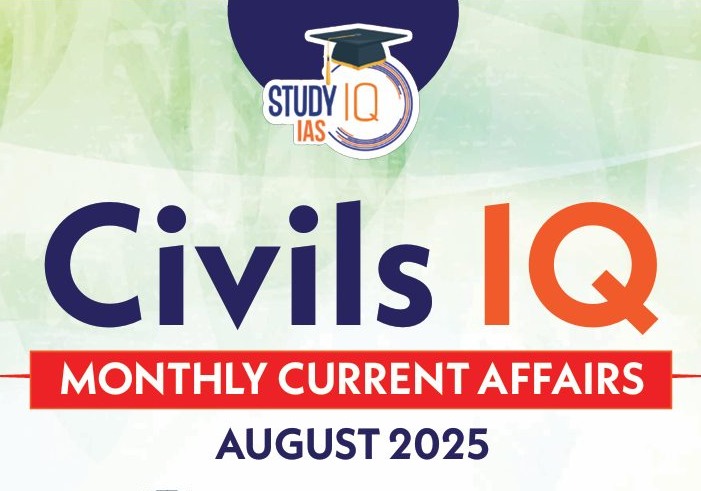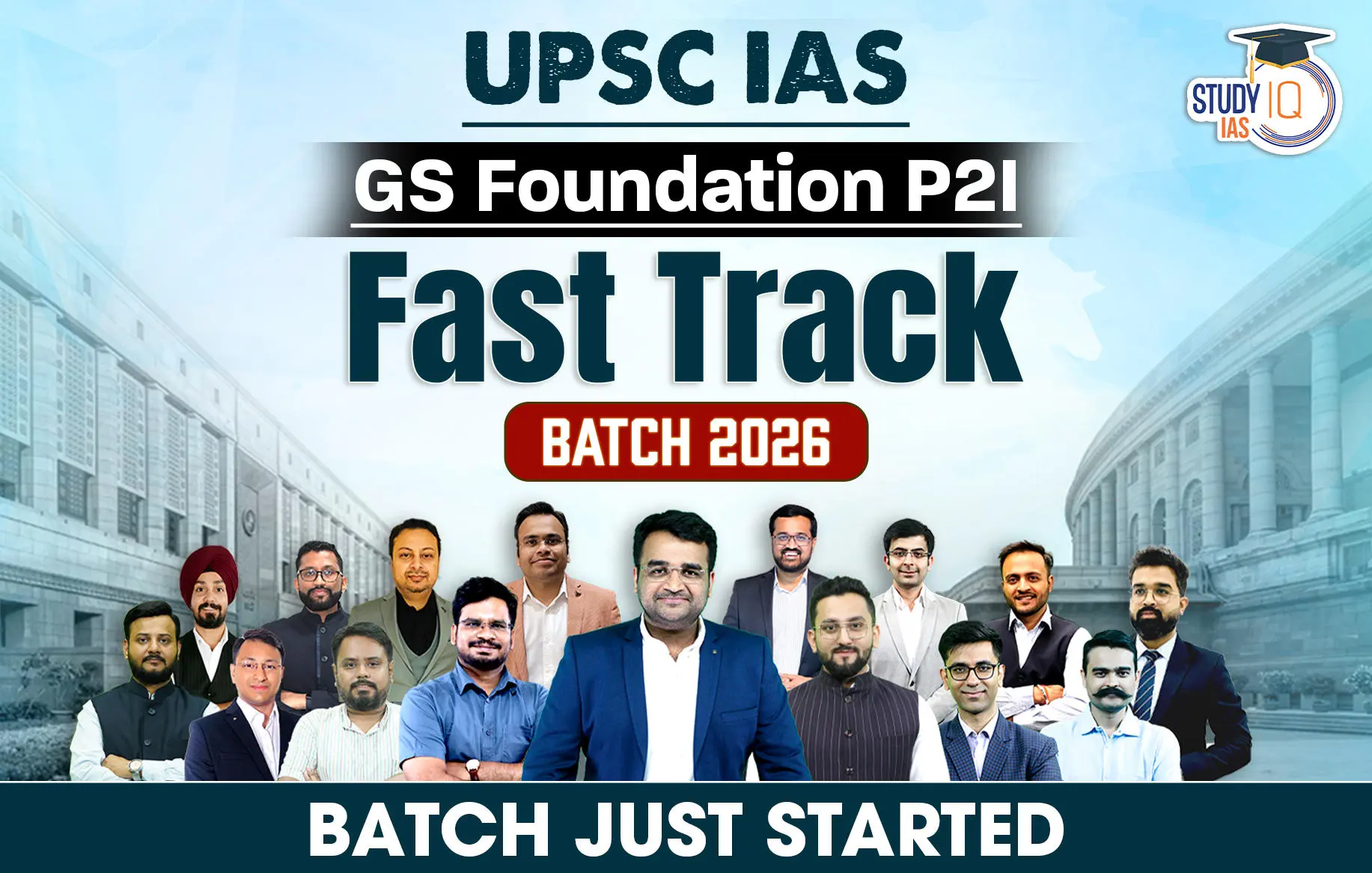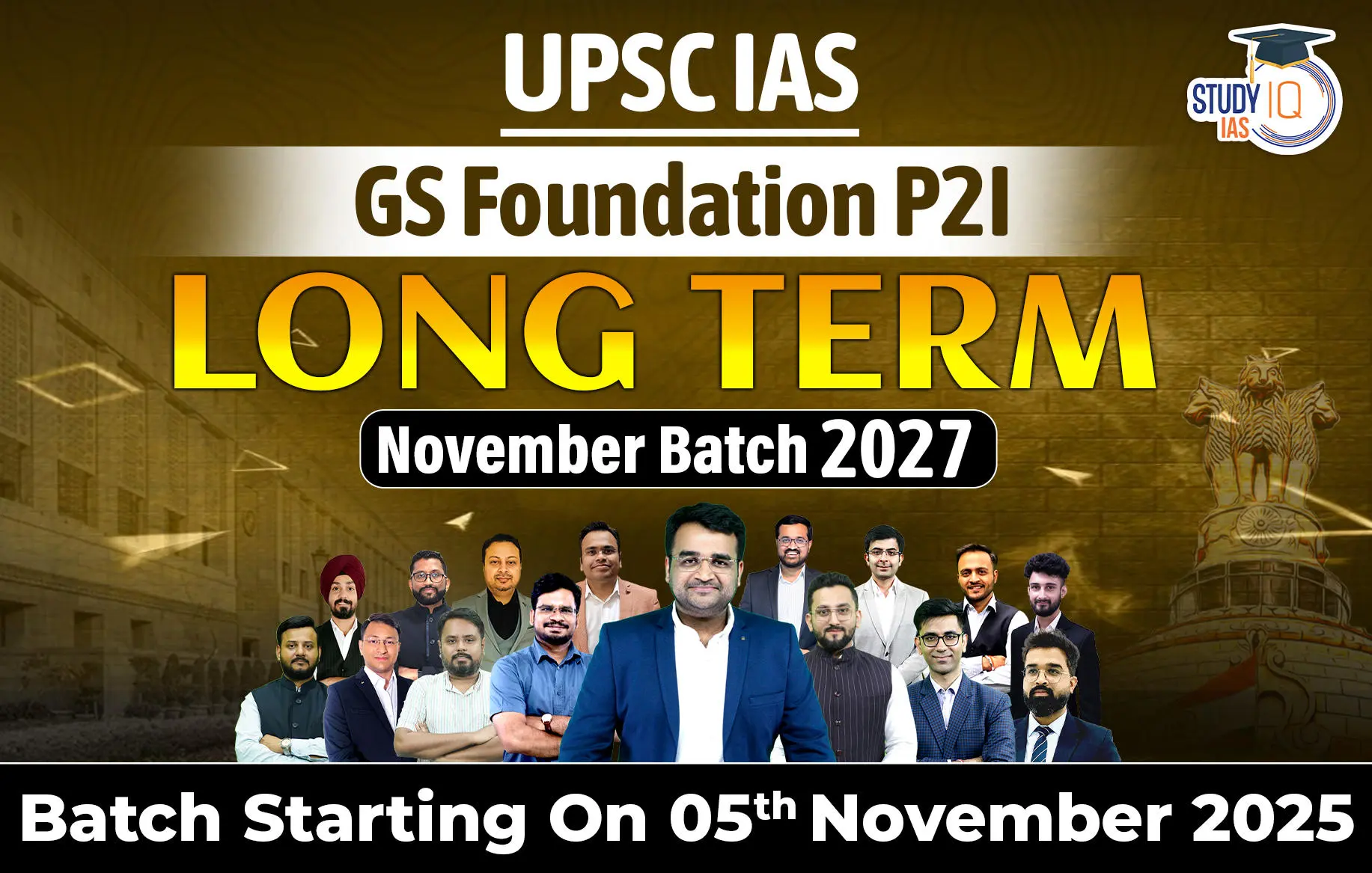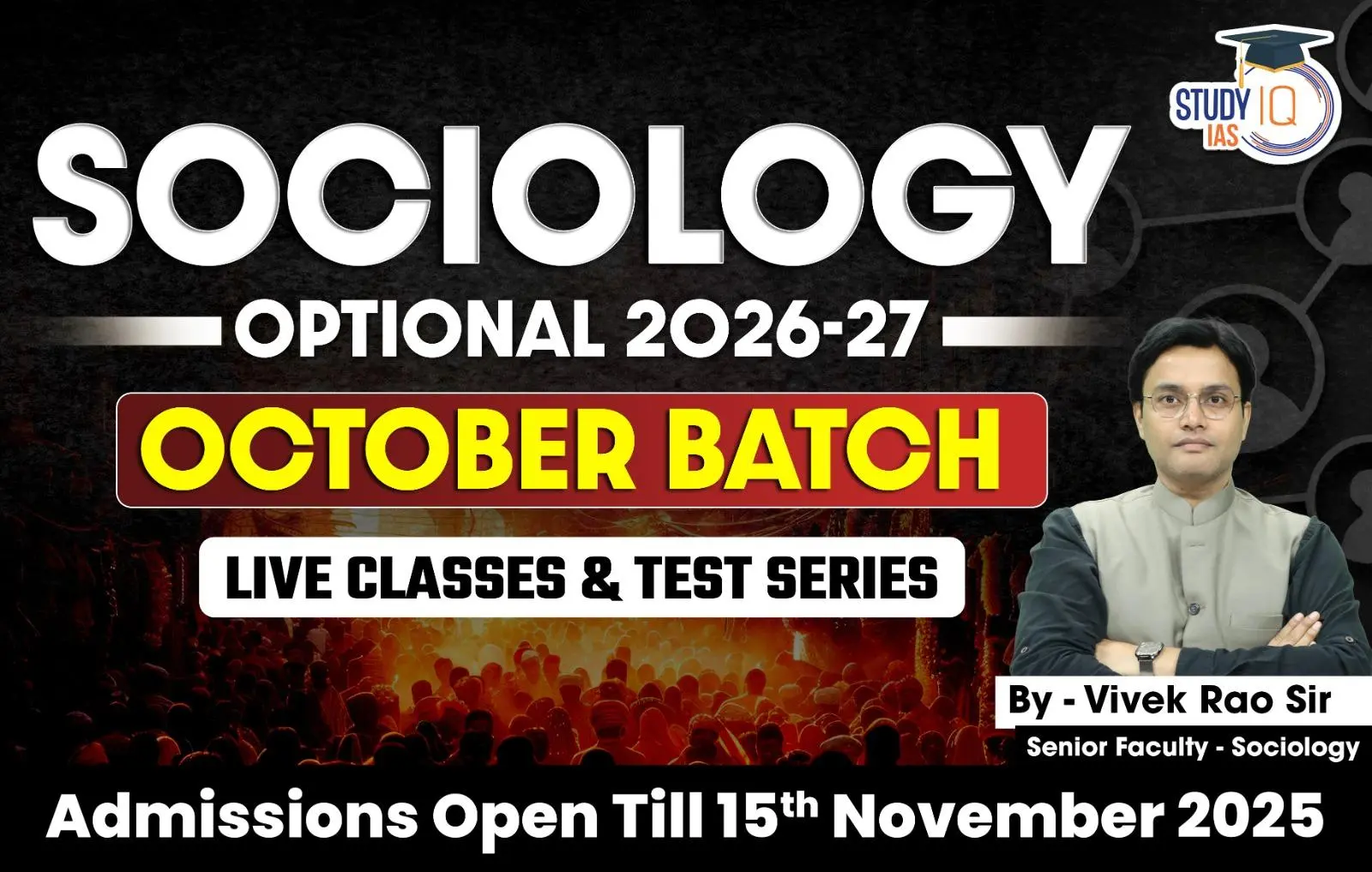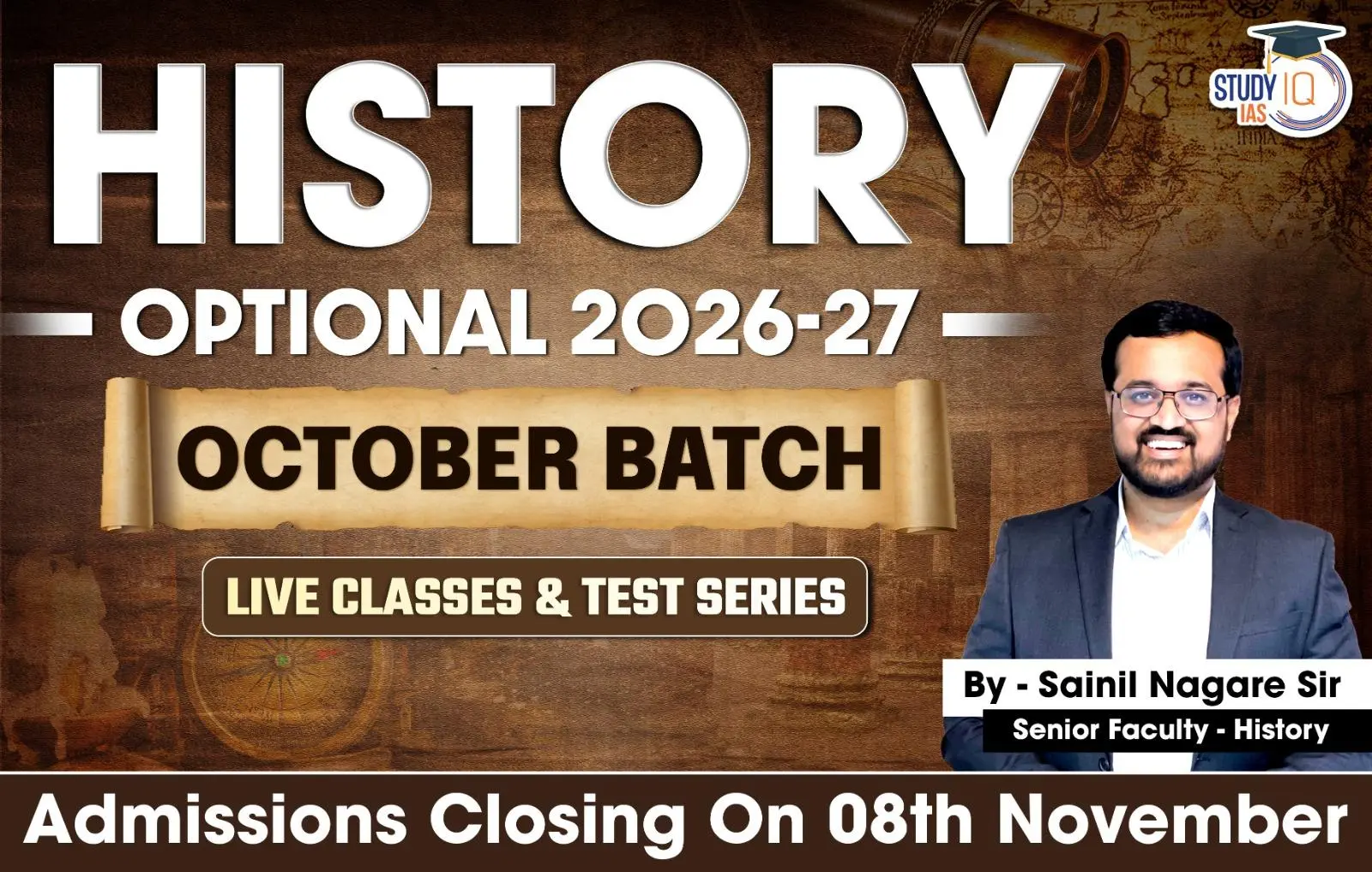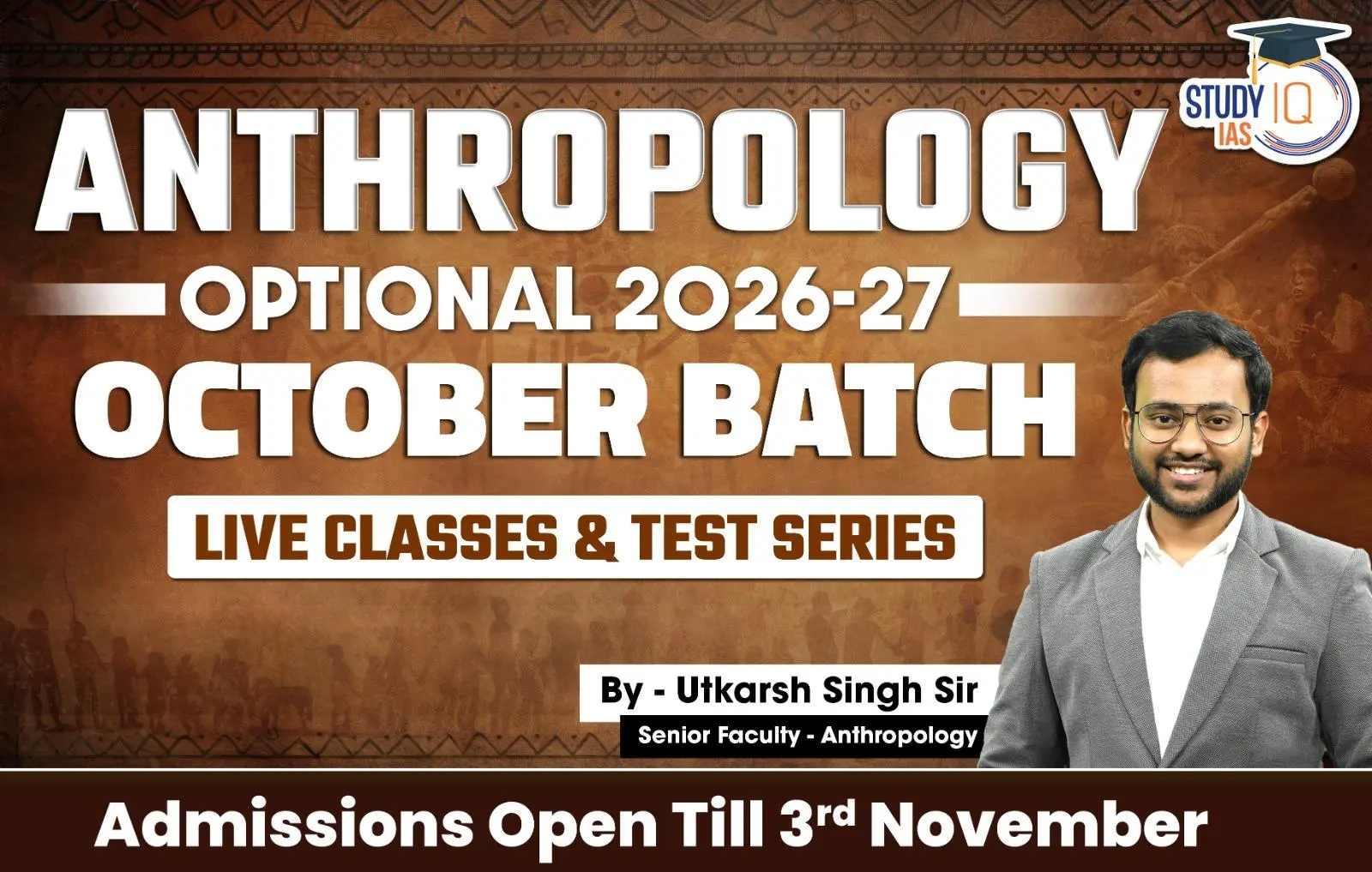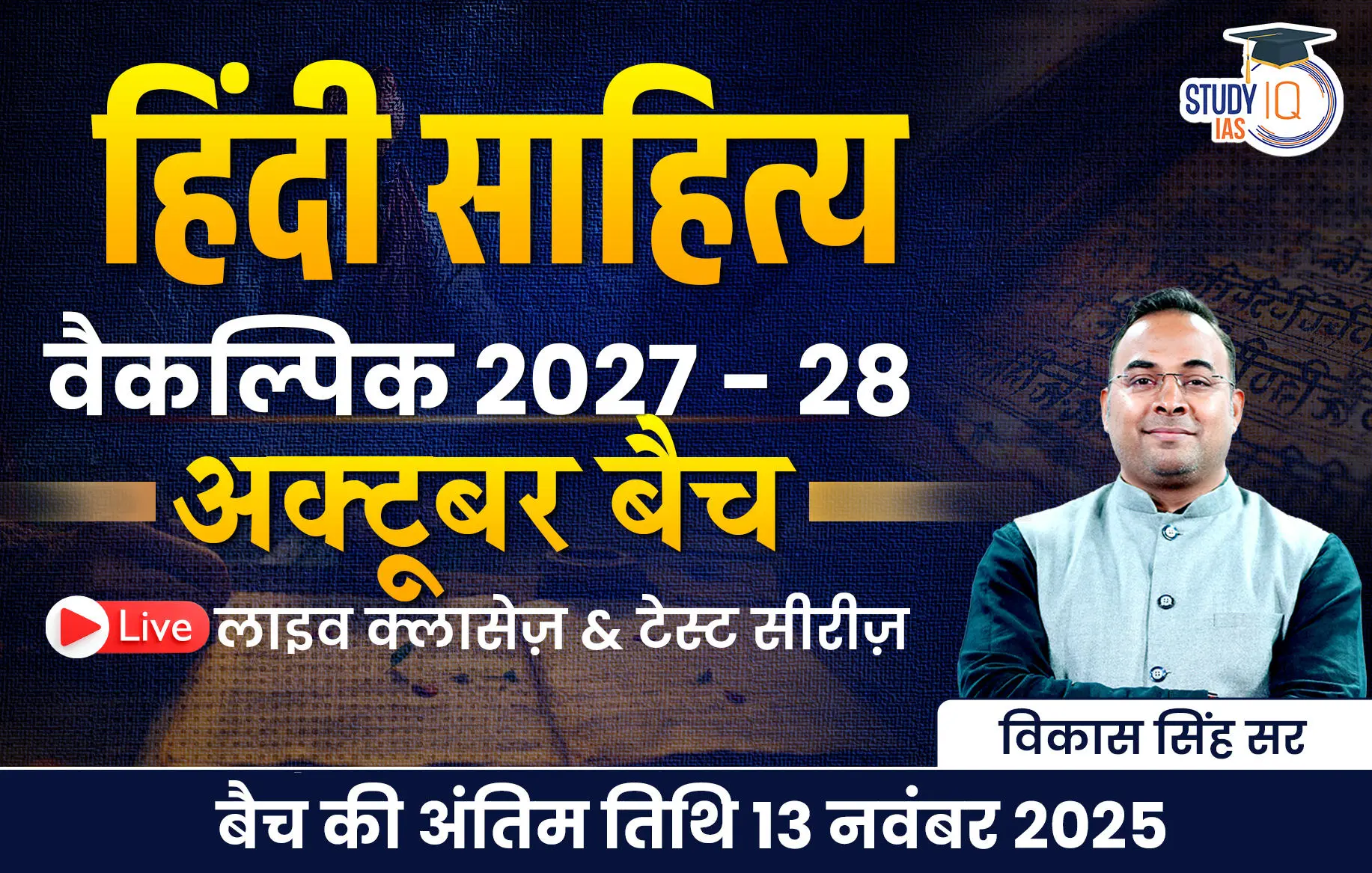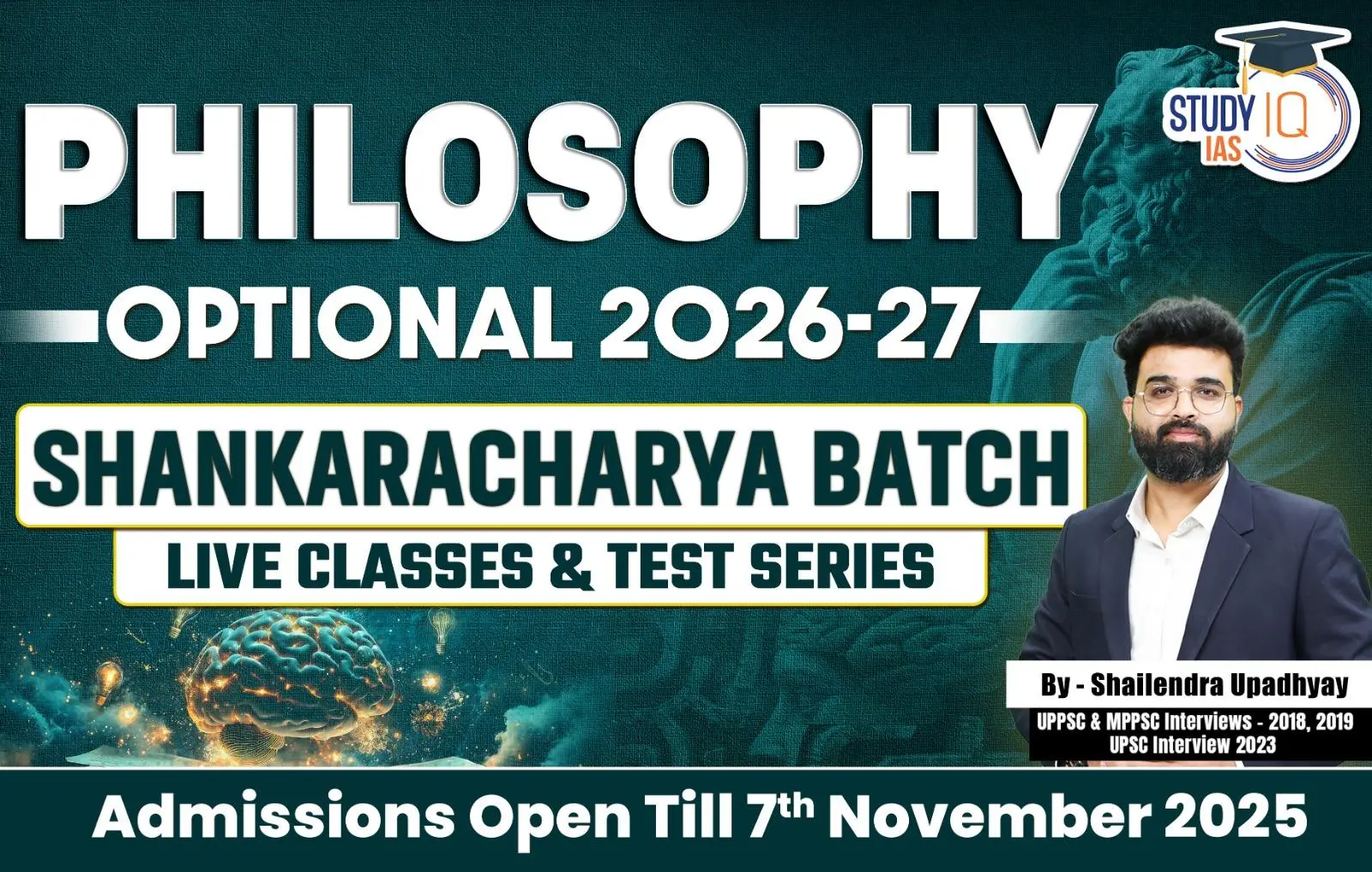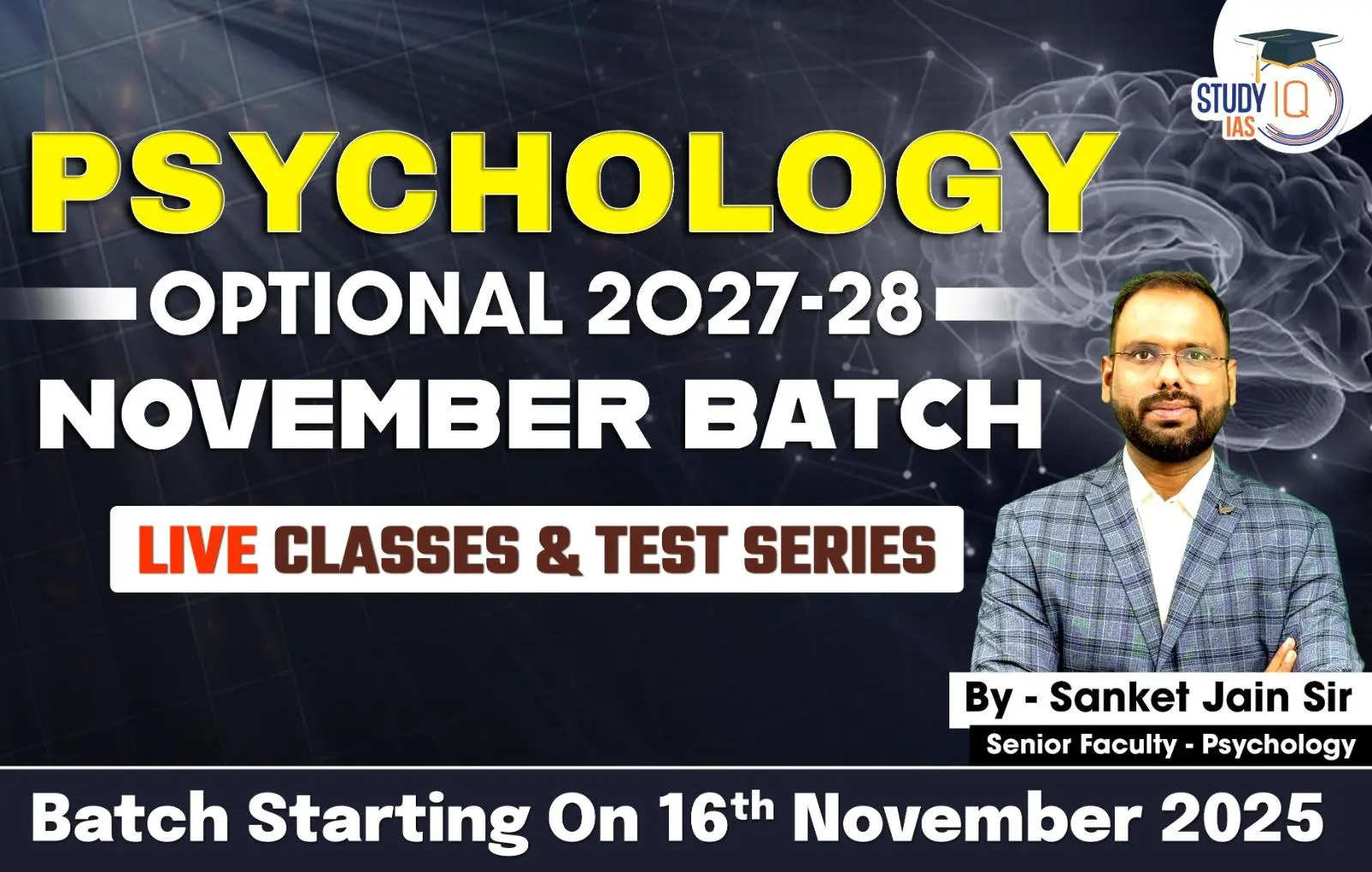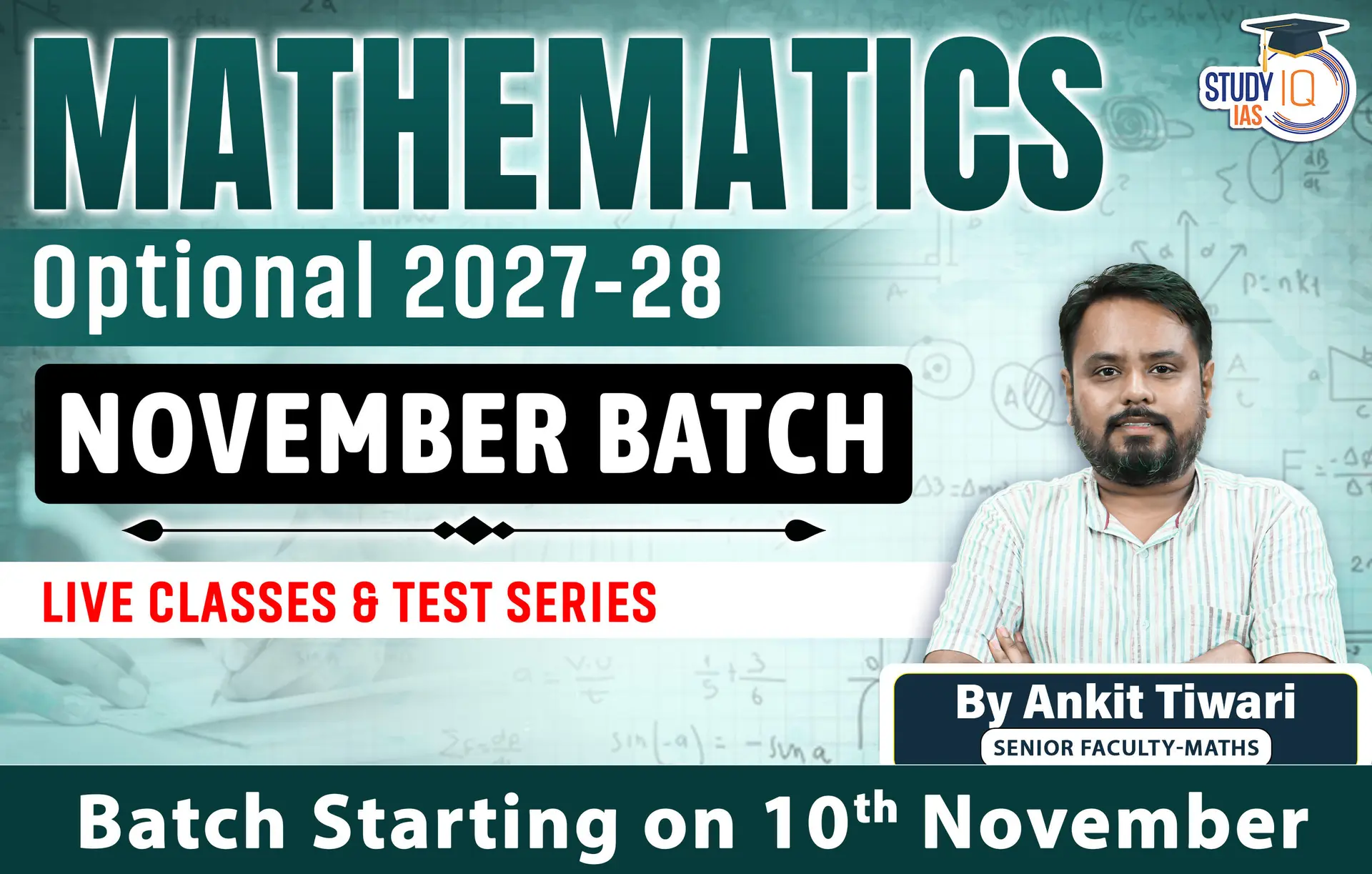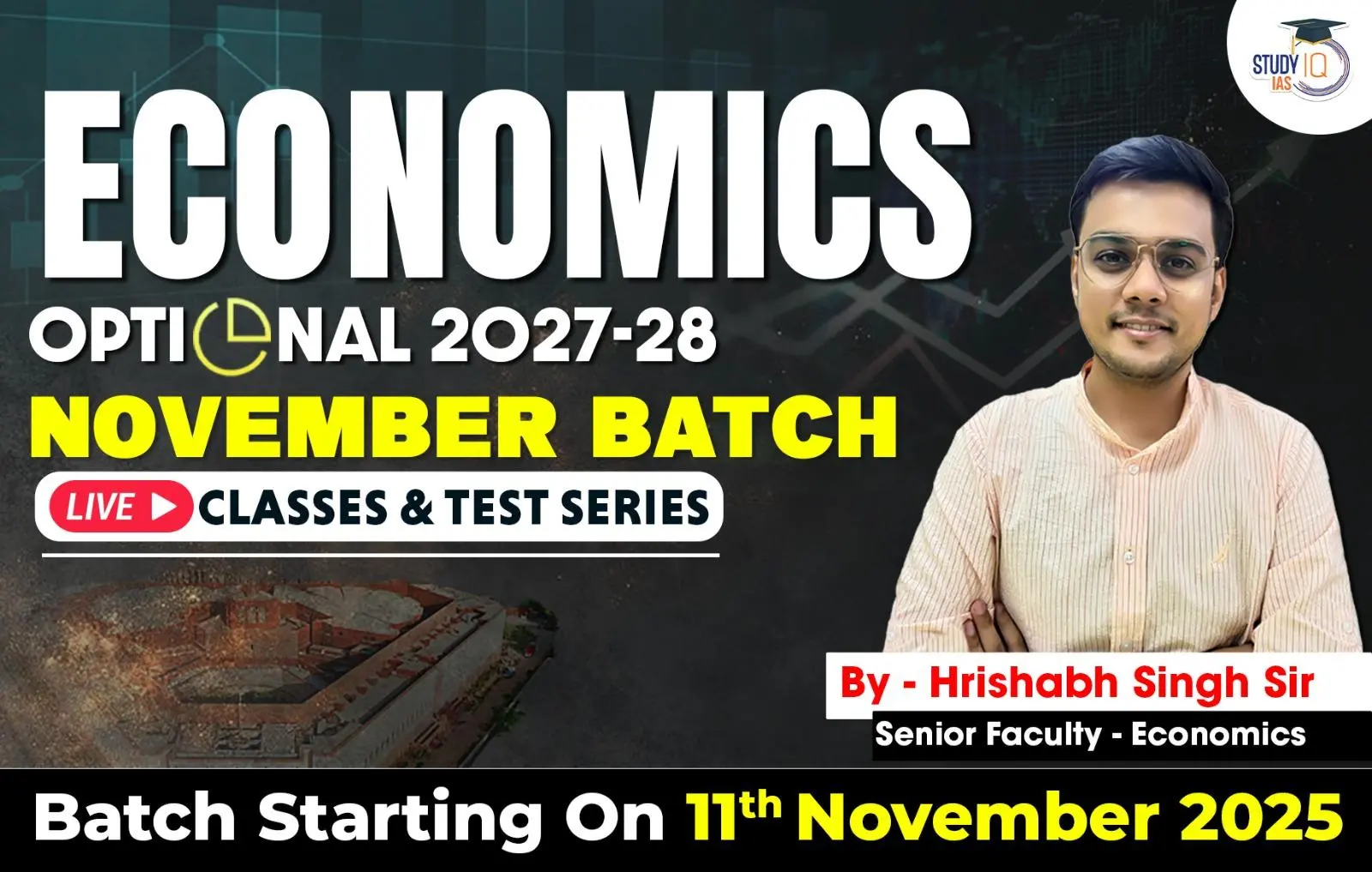Table of Contents
UPSC Reform: In a country where lakhs compete for under one thousand vacancies in the Indian Administrative Service (IAS), the structure and fairness of the UPSC Civil Services Examination (CSE) have been a business of public discourse for years. Former RBI Governor and 1973 batch IAS officer Duvvuri Subbarao makes a refreshing entrance into the discourse with a daring reform, calling for a revision of eligibility, to expand the recruitment framework, and re-conceptualization of merit.
UPSC Reform: Current UPSC Framework
The current UPSC Civil Services Examination is governed by the following broad eligibility criteria for the General Category:
-
Age Limit: 21 to 32 years.
-
Number of Attempts: Maximum 6 attempts until the age of 32.
-
Exam Pattern: Preliminary exam, Mains exam, and Interview.
-
Recruitment: Primarily through a single-tier annual exam.
Despite the prestige and rigor, Subbarao argues this system is showing signs of strain, especially considering the socio-economic costs borne by aspirants.
Why UPSC Reform? The Problems Identified by Subbarao
Wastage of Productive Years
Subbarao highlights that for every successful candidate, there are at least ten others who spend years preparing but do not succeed. This creates a scenario where young aspirants invest their prime years—often between 21 and 30—in a high-stakes exam cycle without a guaranteed outcome.
He calls this a “waste of productive years”—years that could otherwise be spent gaining work experience, contributing to the economy, or pursuing alternate careers.
Psychological Burden and Sunk Cost Fallacy
Repeated failures can have severe psychological consequences. Many aspirants continue attempting the exam due to the “sunk cost fallacy”—the belief that since so much time, money, and effort has already been invested, quitting would mean all of it was wasted.
This mindset traps candidates in an endless cycle of preparation, often at the cost of their mental health and alternative career opportunities.
Over-Emphasis on Exam Mastery over Merit
The current system, allowing six attempts, favors those who master the exam-taking techniques and coaching strategies rather than inherently suitable candidates with a genuine aptitude for governance and administration.
Subbarao warns of “Type I and Type II errors” in selection:
-
Type I error: Selecting candidates who excel in exams but may lack real-world capabilities.
-
Type II error: Rejecting candidates with potential but poor exam skills.
Subbarao’s Proposed UPSC Reforms
Reduce Age Limit to 27 and Attempts to 3
Subbarao suggests tightening the eligibility criteria to:
-
Maximum age limit of 27 years (down from 32).
-
Maximum three attempts allowed.
This reflects a return to the system prevalent in the 1970s when candidates had fewer attempts and a narrower age window.
Why?
-
Ensures candidates don’t spend excessive years chasing the exam.
-
Encourages aspirants to prepare seriously and efficiently within a limited timeframe.
-
Discourages reliance on rote learning and coaching crutches.
Introduce a Mid-Career (40-42 Age) UPSC Entry Tier
Currently, lateral entries of experienced professionals into IAS or other civil services happen sporadically and without a formalized system.
Subbarao proposes:
-
A second-tier UPSC exam, held annually, exclusively for candidates aged 40 to 42.
-
This would be a structured, permanent entry route, unlike current ad-hoc lateral entries.
-
Target professionals from diverse fields—law, management, academia, technology, public health—bringing real-world experience and domain expertise into the bureaucracy.
The Rationale Behind a Two-Tier System
Bridging the Experience Gap
Young IAS officers, recruited primarily between 21-27 years, often lack:
-
Exposure to practical challenges outside government setups.
-
Sector-specific expertise (finance, technology, health, environment).
-
Professional maturity and empathy that come with real-world experience.
A Tier-2 intake would complement young recruits with seasoned professionals, improving:
-
Policy formulation and implementation quality.
-
Administrative responsiveness and innovation.
-
Diversity in viewpoints and skills within the civil services.
Learning from Global Best Practices
Many developed countries, such as the UK and Singapore, have dual recruitment pathways blending:
-
Entry-level recruits (graduate exams).
-
Mid-career professionals (lateral entry or specialized streams).
Such models have strengthened their bureaucracies with a good mix of energy and expertise.
Potential Impacts and Challenges
Benefits:
-
Better utilization of youth potential by encouraging early career clarity.
-
Reduced aspirational stress and financial burden.
-
Increased attractiveness of the civil services to experienced professionals.
-
Enhanced governance through diversified skill sets.
Challenges:
-
Designing a fair, transparent Tier-2 exam.
-
Ensuring no bias toward privileged candidates with better coaching or networks.
-
Managing integration and training of mid-career entrants alongside younger officers.
-
Addressing social equity concerns, ensuring marginalized groups get equal access.
Subbarao’s Balanced Perspective
While advocating for these reforms, Subbarao explicitly supports the continuation of the existing youth recruitment channel:
“There is a lot to be said for continuing to recruit young people into the IAS. They bring youthful spirit, raw enthusiasm and unspoilt enterprise into administration.”
This suggests his vision is not to replace but to augment the system — bringing in the best of both worlds.
The Future of UPSC Recruitment
Duvvuri Subbarao’s reform proposals challenge the status quo of India’s civil services recruitment, urging the government to rethink eligibility, attempts, and entry pathways. His vision promotes:
-
Efficient use of candidates’ time and potential.
-
Embracing experience and diversity in administration.
-
A two-tier UPSC system balancing youthful vigor with seasoned expertise.
Whether adopted in full or in parts, these ideas open an important conversation on how to modernize India’s bureaucracy for the challenges of the 21st century.

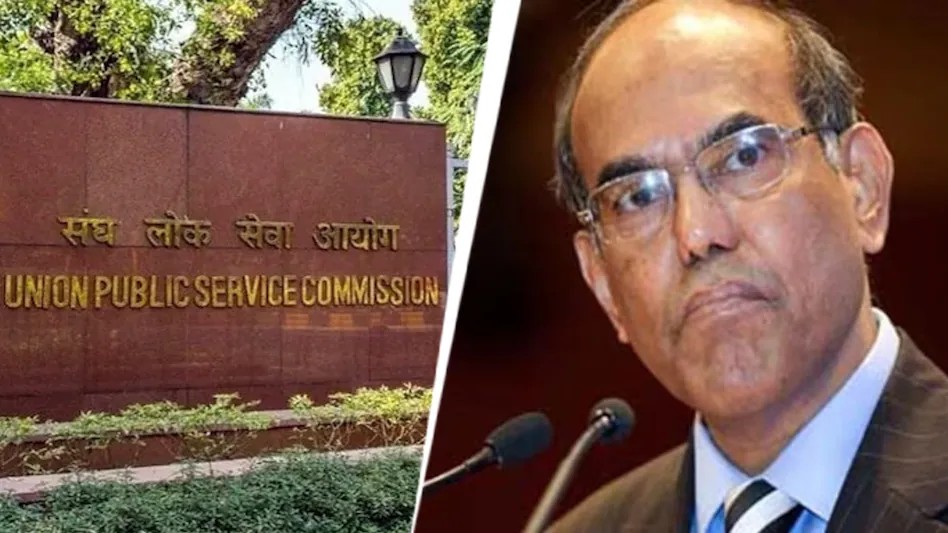
 UNEP Adaptation Gap Report 2025: Running...
UNEP Adaptation Gap Report 2025: Running...
 National Crisis Management Committee (NC...
National Crisis Management Committee (NC...
 APEDA Facilitates First-Ever Air Shipmen...
APEDA Facilitates First-Ever Air Shipmen...
